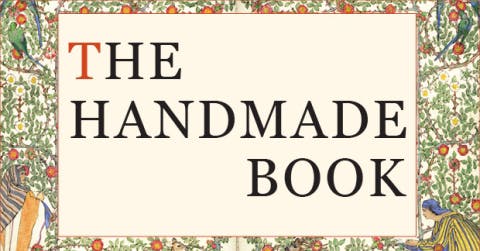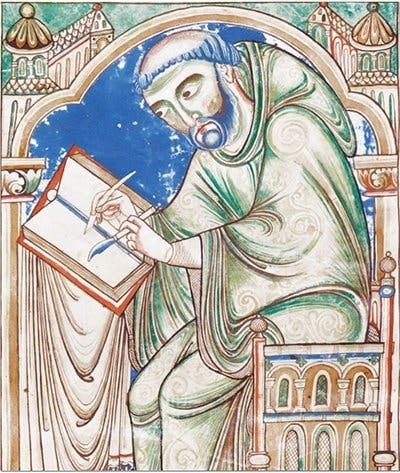
Stanford Libraries presents The Handmade Book, an exhibit on view now through February 5, 2023, in the Peterson Gallery and Munger Rotunda, Cecil H. Green Library, Bing Wing.
The Handmade Book brings together early manuscript and printed volumes with more recent artists’ books to recognize the endurance of the codex and its unrivaled success as a technology in the long history of communication. The exhibition invites the viewer to celebrate the form’s infinite potential to delight and inspire.
The codex, or book, is one of the most successful and long-lived technologies of communication. The book has evolved through time, but it’s possible to recognize the form as pages or folios, or parts linked together physically or thematically, whether that is a first-century metal book or a twenty-first-century digital or e-book.
Books are everywhere still, then, despite recent pessimistic prophecies that the digital environment in which so many people work would eliminate the physical book from the lives of readers; that e-books in their various manifestations would replace the paperback. Such apocalyptic prognostications forecasting the demise of existing forms of text have accompanied all major technological shifts throughout history. But here it is—the 2020s—and readers are surrounded by books. Not only do manifold forms of the book abound, but one might argue that technology is flourishing. This flourishing may be most evident in people’s genuine interest not just in the act and processes of reading, but also in the conception and making of books.

The appeal of medieval and early modern manuscripts, especially through their decoration and fine script or curious elements and traces of past readers’ activities, makes them visually striking: easy to look at and instantly engaging. It is also the case, of course, that no one manuscript is like any other. Their uniqueness renders them infinitely worthy of attention. Similarly, artists’ books—modern conceptualizations of the book—are often unique and always startling. In the creativity of the artists’ book, form and function surprise and delight; content and container startle and provoke. For these wonders of artistry, organizations like the Codex Foundation and the College Book Art Association, together with centers such as the San Francisco Center for the Book, have made a major impact on the promotion and understanding of artists’ books, encouraging both intellectual, artistic, artisanal, and physical engagement with the form.

The Handmade Book is a vast topic of investigation. In these exhibit cases, we shall look at medieval manuscripts and how they’re made; discuss a small selection of fine press books, whose design was influenced by earlier manuscripts; and, alongside these earlier handmade books, juxtapose recent artists’ books that urge reader-viewers to consider new perspectives on the recording and display of human events and endeavors. The combining of these bookish expressions compels us to recognize the endurance of the book; insists on an appreciation of the infinite potential of the form to delight and inspire; and urges readers and observers to acknowledge that the global success of the codex (the bound book) and its related technologies (scroll, tablet, pamphlet, single-leaf document) is unprecedented in the long history of communication.

The materials on display are cataloged in SearchWorks, Stanford Libraries online catalog, and can be consulted in the Special Collections reading room after the exhibit concludes.
The exhibit was curated by Elaine Treharne and Benjamin Albritton; produced and designed by Deardra Fuzzell, Exhibits Manager, and assisted by Elizabeth Fischbach, retired Exhibits Manager.
NOTE: Exhibit cases in the Peterson Gallery and Munger Rotunda are illuminated from 9 a.m. to 5 p.m. Visitors are encouraged to call 650-723-0931 or visit the Libraries' hours page to confirm hours and access.
The exhibition is free and open to the public. Learn about the Libraries' entry requirements and available services.